The town hall in Neukloster is located at Hauptstraße 27.
The Neukloster town hall houses the town administration. Warin and seven other municipalities are also served here (Amt Neukloster-Warin).
The town hall in Neukloster is located at Hauptstraße 27.
The Neukloster town hall houses the town administration. Warin and seven other municipalities are also served here (Amt Neukloster-Warin).
Your destination:
Rathaus Neukloster
Hauptstraße 27
23992 Neukloster
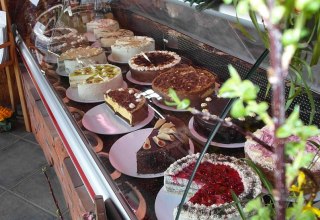
Welcome to our farm. Enjoy the rural idyll on the SaBö farm with delicious cake, asparagus meal "full" or a walk to the red deer enclosure.

Classicist manor house from 1840 in the Warnow valley. Belonged to the von Lützow family, Mecklenburg nobility. Still under renovation.

Schloss Neuhoff - this classic manor house stood empty for almost 20 years, but since the end of 2014 it has been inhabited and restored again. Already, the new owners and the newly founded cultural and equestrian association are dedicated to the topics of art & culture as well as equestrian sports.
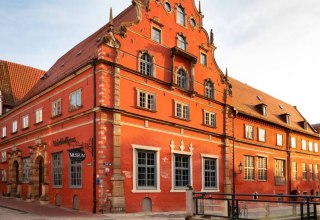
The "Schabbell", one of the earliest Renaissance buildings in the Baltic region, the neighboring building at Schweinsbrücke 6 and the associated courtyards were reopened in December 2017 after extensive and careful renovation and now serve as exhibition and event space for the Stadtgeschichtliches Museum Wismar.

Not far from the Hanseatic City of Wismar in beautiful nature lies the country estate - Lischow. Vacation with many horses, geese and goats in a closed estate with a large farm pond for fishing and an idyllic park to relax.
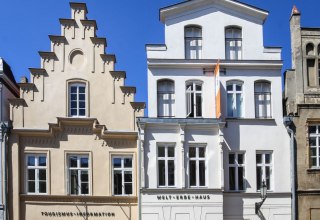
The Visitor Centre is the third of its kind in Germany after Regensburg and Stralsund. Just in time for the opening of the new exhibition and event venue on World Heritage Day (June 1st, 2014), the prestigious Wallpaper Room and the surrounding panoramic pictures were also restored.
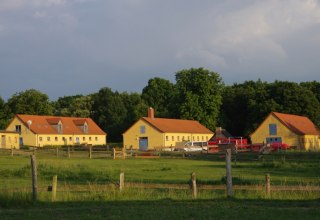
The nature village Eickhof is an idyllic spot in the heart of Mecklenburg, located directly on the Warnow River. On almost 6 hectares of nature village there is a lot of space and in the outdoor area with volleyball field, playground, campfire sites and wood oven also a lot to discover. You can even find a trail riding station for riders with their own horse here.

Hotel Schloss Gamehl is located at the gates of Wismar in the midst of the charming landscape of Mecklenburg. Enjoy peace and relaxation with modern comfort.

In the Levetzow manor house you can expect a spacious ambience, in the vacation apartments a mixture of comfort, modernity and the "old".

The vacation home of the Haflinger Baumgarten is located in a charming agricultural environment. Here young and old can spend quiet and relaxing vacations in the countryside. Treat your horse to a change of scenery as well. The horses of the farm are already looking forward to their kind.

St. George's Church is one of the three large main churches in Wismar and an outstanding architectural monument of North German brick Gothic. It was once the place of worship for craftsmen and tradesmen. The origins of St. George's lie in the 13th century. Its construction thus falls into the turbulent time of the late Middle Ages and the Reformation.
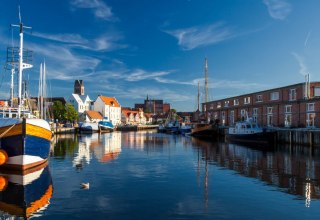
Since 1211, the Old Harbour has largely preserved its harbour basin in its location and design. Moreover, the harbour continues to be important as a mooring for excursion steamers, for leisure captains and traditional ships such as the 'Kogge' and the 'Atalanta'.

Wines can be tasted and purchased at the Dähn vineyard in Dorf Mecklenburg. The wines are produced entirely on site, from the grape to the finished wine bottle. Sales and tasting dates are announced online.

Salmon, eel, plaice and perch are not served on the plate here. In the only fish leather store in Germany, gold and silver jewelry as well as handbags, belts and wallets are made from it.

The early Gothic village church of Hohen Viecheln is a listed church building in Hohen Viecheln.